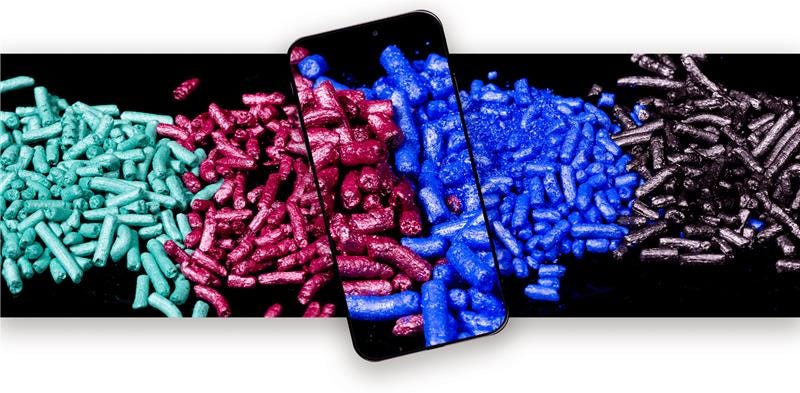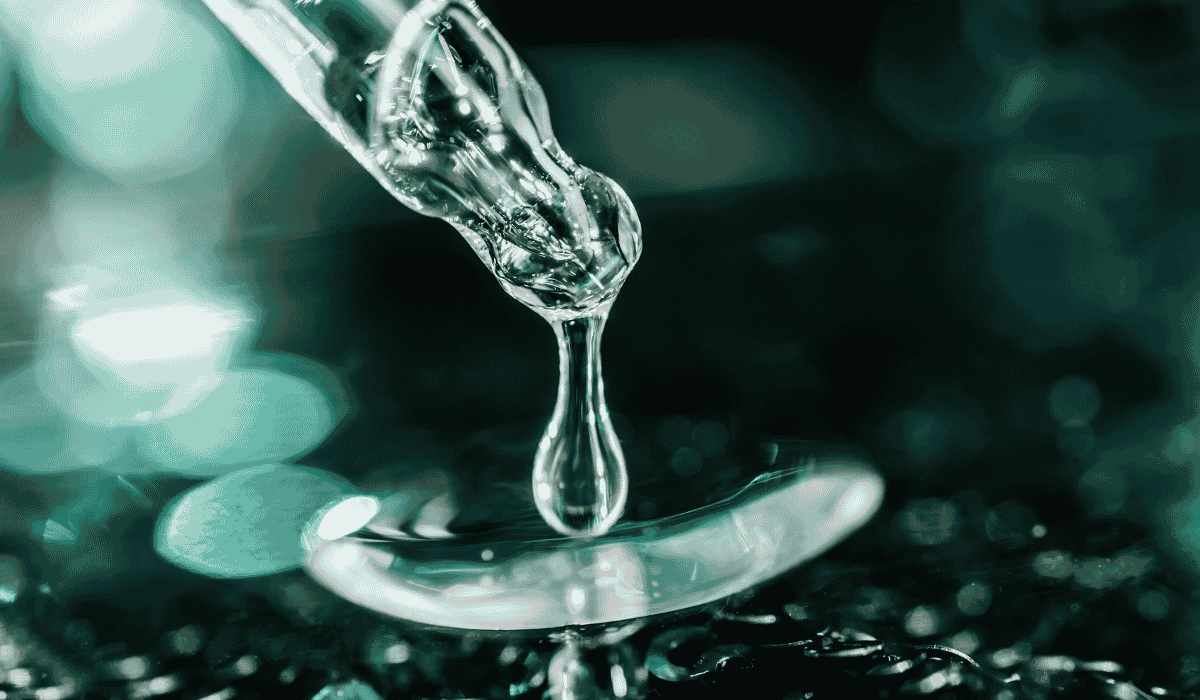4 Benefits of Sodium Hyaluronate for Menopausal Skin
Menopause brings about significant hormonal changes, notably a decline in estrogen levels, which profoundly affect the skin's health and appearance. This reduction in estrogen leads to decreased collagen production, diminished skin elasticity, and reduced moisture retention, resulting in dryness, thinning, and increased sensitivity.
Sodium hyaluronate, a derivative of hyaluronic acid, emerges as a potent moisturizing agent beneficial for menopausal skin. Due to its lower molecular weight, it penetrates deeper into the skin, attracting and retaining moisture, thereby alleviating dryness and improving skin elasticity.
Understanding Sodium Hyaluronate
Definition and Differentiation from Hyaluronic Acid
Sodium hyaluronate is the sodium salt form of hyaluronic acid (HA), a naturally occurring glycosaminoglycan found throughout the body's connective, epithelial, and neural tissues. While both substances are used in skincare, they differ in molecular size and properties. Hyaluronic acid has a high molecular weight, forming a protective layer on the skin's surface to prevent moisture loss. In contrast, sodium hyaluronate possesses a lower molecular weight, enabling it to penetrate deeper into the epidermis and provide hydration from within.
Natural Occurrence in the Body and Its Role in Maintaining Skin Hydration and Elasticity
Hyaluronic acid is abundantly present in various body tissues, including the skin, eyes, and joints. In the skin, it binds to water molecules, retaining moisture and maintaining hydration and elasticity. This hydration supports the skin's structural integrity, keeping it plump and supple. As we age, the natural production of hyaluronic acid decreases, leading to dryness, reduced elasticity, and the formation of wrinkles.
Benefits of Sodium Hyaluronate for Menopausal Skin: A Guide for Cosmetic Formulators
Menopause introduces hormonal changes that often result in skin dryness, reduced elasticity, and increased sensitivity. Incorporating sodium hyaluronate into skincare formulations can effectively address these concerns. Here's how:
Deep Hydration
Sodium hyaluronate acts as a potent humectant, attracting and retaining moisture within the skin. Its low molecular weight allows for deeper epidermal penetration, enhancing hydration and alleviating dryness—a common issue in menopausal skin.
Improvement in Skin Elasticity and Firmness
By maintaining optimal moisture levels, sodium hyaluronate helps the skin appear plumper and more elastic, reducing the visibility of fine lines and wrinkles associated with menopause.
Enhanced Skin Barrier Function
Sodium hyaluronate supports the skin's protective barrier, preventing moisture loss and shielding against environmental aggressors.
Soothing and Anti-inflammatory Properties
Sodium hyaluronate possesses anti-inflammatory properties that can reduce skin inflammation and irritation, benefiting sensitive menopausal skin.
Incorporating Sodium Hyaluronate into Skincare Formulations
Sodium hyaluronate, the sodium salt of hyaluronic acid, is esteemed in cosmetic science for its superior stability and skin-penetrating abilities. Its efficacy in enhancing skin hydration and elasticity makes it particularly beneficial in formulations targeting menopausal skin concerns.
Topical Applications
When integrating sodium hyaluronate into serums and moisturizers, consider the following guidelines:
- Concentration Levels: A typical inclusion rate ranges from 0.1% to 0.5%. For instance, high molecular weight sodium hyaluronate can be used at 2% to create viscous, hydrating gels.
- Molecular Weight Selection: The molecular weight of sodium hyaluronate influences its function:
- High Molecular Weight (HMW): 1600 kDa; forms a moisture-protective film on the skin's surface, offering long-lasting hydration and reducing trans-epidermal water loss.
- Low Molecular Weight (LMW): 10–200 kDa; penetrates deeper into the epidermis, providing sustained hydration and anti-aging benefits.
- Formulation Integration: Sodium hyaluronate should be added to the aqueous phase of formulations, preferably during the cool-down phase to preserve its functional integrity. Ensure it is fully solubilized before proceeding.
- pH Considerations: Optimal efficacy is achieved within a pH range of 5 to 7. Adjust the final formulation accordingly to maintain this pH.
Safety and Considerations for Cosmetic Formulators Using Sodium Hyaluronate
Sodium hyaluronate, the sodium salt of hyaluronic acid, is widely utilized in cosmetic formulations for its hydrating and skin-conditioning properties. Understanding its safety profile, potential side effects, and the importance of professional consultation is crucial for formulators.
General Safety Profile
Extensive research indicates that sodium hyaluronate is safe for use in cosmetic products. It functions primarily as a skin-conditioning agent, with concentrations in formulations typically ranging up to 2%. Studies have shown that hyaluronic acid and its derivatives are non-toxic, non-immunogenic, and non-sensitizing in various animal models. Additionally, widespread clinical use, particularly through injections, has not revealed significant adverse reactions.
Potential Side Effects and the Importance of Patch Testing
While sodium hyaluronate is generally well-tolerated, formulators should be aware of potential side effects:
- Topical Application: Adverse reactions are rare but may include skin irritation or allergic responses. Symptoms can encompass redness, itching, or swelling at the application site. To mitigate these risks, it is advisable to conduct patch testing when introducing new formulations. This involves applying a small amount of the product to a discreet skin area and monitoring for any adverse reactions over 24 to 48 hours.
Leveraging Sodium Hyaluronate in Formulations for Menopausal Skin
Menopausal skin undergoes significant changes due to hormonal fluctuations, leading to dryness, loss of elasticity, and increased sensitivity. Incorporating sodium hyaluronate into cosmetic formulations offers targeted solutions to these concerns:
- Deep Hydration: Sodium hyaluronate's ability to attract and retain moisture addresses the pronounced dryness characteristic of menopausal skin.
- Enhanced Elasticity: By maintaining optimal hydration, sodium hyaluronate contributes to improved skin elasticity and firmness, reducing the appearance of fine lines and wrinkles.
- Strengthened Skin Barrier: This ingredient supports the skin's protective barrier, safeguarding against environmental aggressors and preventing moisture loss.
Given these benefits, cosmetic chemists are encouraged to integrate sodium hyaluronate into skincare products aimed at menopausal skin. Such formulations can effectively alleviate common menopausal skin issues, promoting a hydrated, resilient, and youthful complexion.




